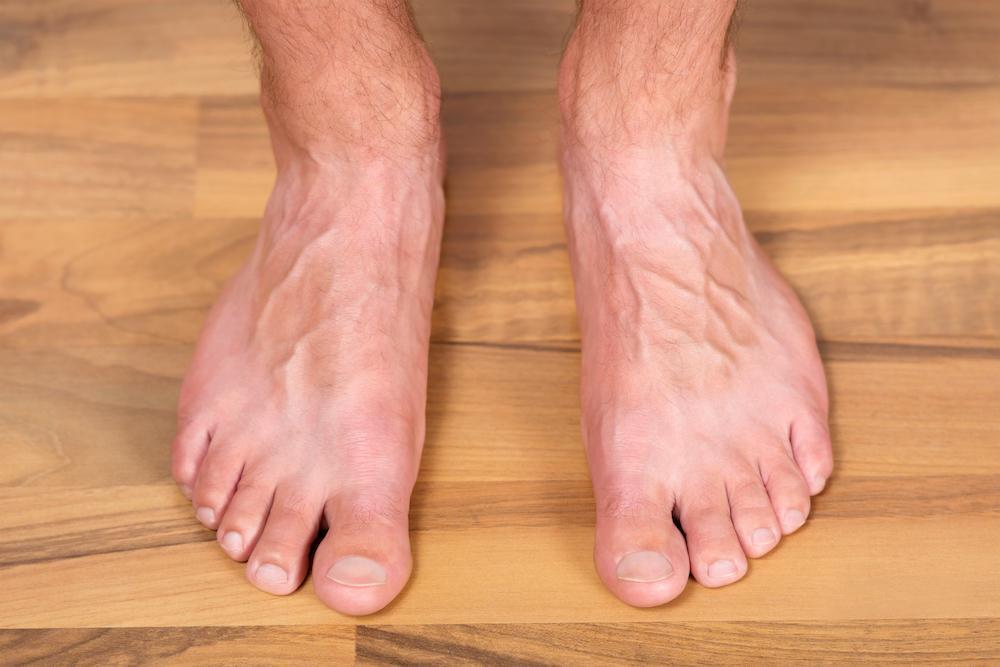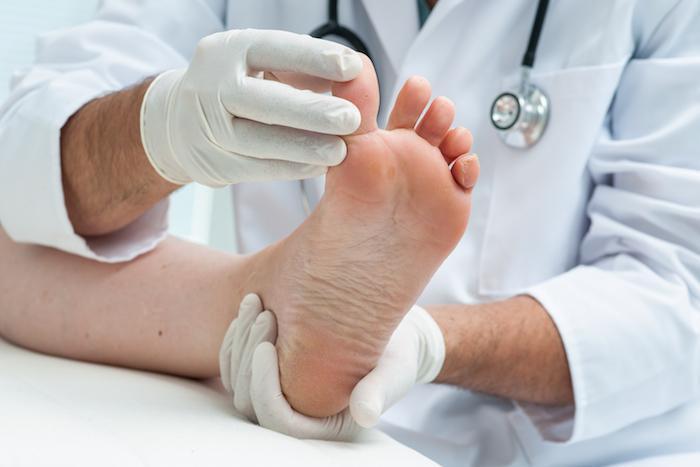While it may not be a frequent topic of conversation topic in your household, adult-acquired flatfoot deformity (AAFD) is one of the most common problems affecting the adult foot and ankle.
AAFD occurs when the arch of your foot collapses and no longer provides adequate support for your foot and ankle. It can stem from a variety of causes and tends to create worsening pain if the underlying condition remains untreated. Early on, symptoms are often triggered by activities such as running and jumping, but AAFD can eventually make it hard to walk or simply stand due to discomfort.
The podiatrists at Great Lakes Foot and Ankle Institute, with locations in Clinton Township and Chesterfield, Michigan, specializing in accurately diagnosing and effectively treating conditions related to your foot and ankle health — including AAFD. We are passionate about helping you move pain-free and offer a variety of treatments that can resolve the underlying issue causing your AAFD.
What causes adult-acquired flatfoot deformity?
AAFD may be due to a variety of issues, the most common of which is posterior tibial tendon dysfunction (PTTD).
The posterior tibial tendon runs down the inside of your lower leg, traveling from your calf to the bones on the inside of your foot. It’s one of the most important tendons in your foot. Its primary job is to support the arch of your foot as you stand, walk, or run.
Injury to this tendon can result in swelling and pain in the affected area of the foot and ankle and may eventually cause the arch to collapse.
Individuals who are more susceptible to PTTD and the resulting flatfoot deformity include:
- Pregnant women
- Men and women with rheumatoid arthritis
- Adults who are overweight
- Athletes, especially those involved in sports that can stress and strain the feet, such as basketball and soccer
Other common issues that can cause your arch to flatten and lead to AAFD include:
- Tears or injury of the ligaments of the foot
- Injury to the back of the foot and bone fractures
- Degenerative or wear-and-tear arthritis in the joints of the foot
What are the symptoms of adult-acquired flatfoot?
Depending on the cause of your AAFD, symptoms can vary in frequency and intensity. You may notice:
- Pain along the back of your calf and inner foot, with swelling at the inside of your ankle
- Worsening pain in the foot that can occur with standing or walking and increase with vigorous activity
- Generalized ankle pain caused by increased pressure on your ankle as the arch collapses
- Outer ankle pain that’s caused by shifting of the heel bone due to arch collapse
Is adult-acquired flatfoot serious?
Untreated AAFD can lead to significant pain that greatly impairs your mobility. It may also eventually cause fractures in the bones of your foot or ankles.
In most instances, we can effectively treat AAFD with prescription bracing, specialized shoes, and other conservative therapies. At Great Lakes Foot and Ankle Institute, we prefer nonsurgical treatments whenever possible, but surgery may be necessary for the most severe cases of AAFD.
Also, if you have diabetes, AAFD can become quite serious. Many men and women with diabetes have reduced sensation or feeling in their feet. This means you may not notice the symptoms of AAFD until the condition is quite severe, which may lead to broken or even disintegrating bones and significant deformities in your foot. The longer AAFD goes untreated, the more serious it becomes.
We care greatly about your overall health at Great Lakes Foot and Ankle Institute, especially as it pertains to your feet and ankles. If you think you may have AAFD or are experiencing any other problems with your feet or ankles, we can help. Schedule a visit today.







